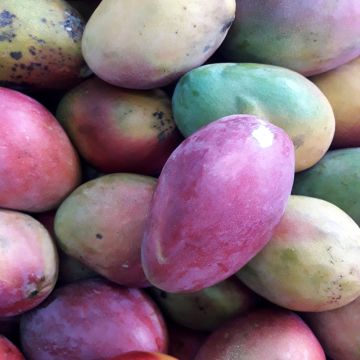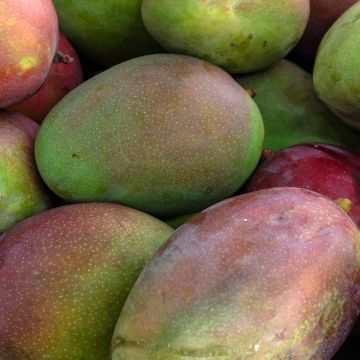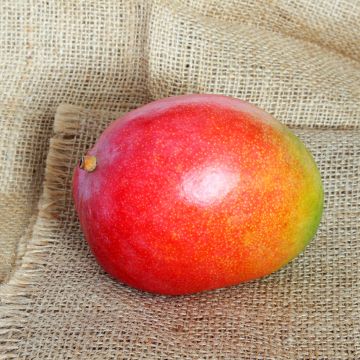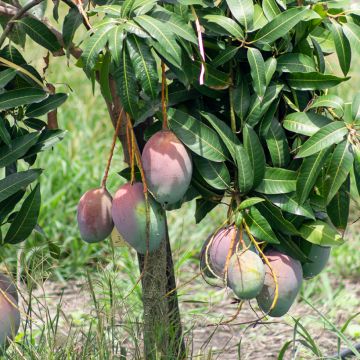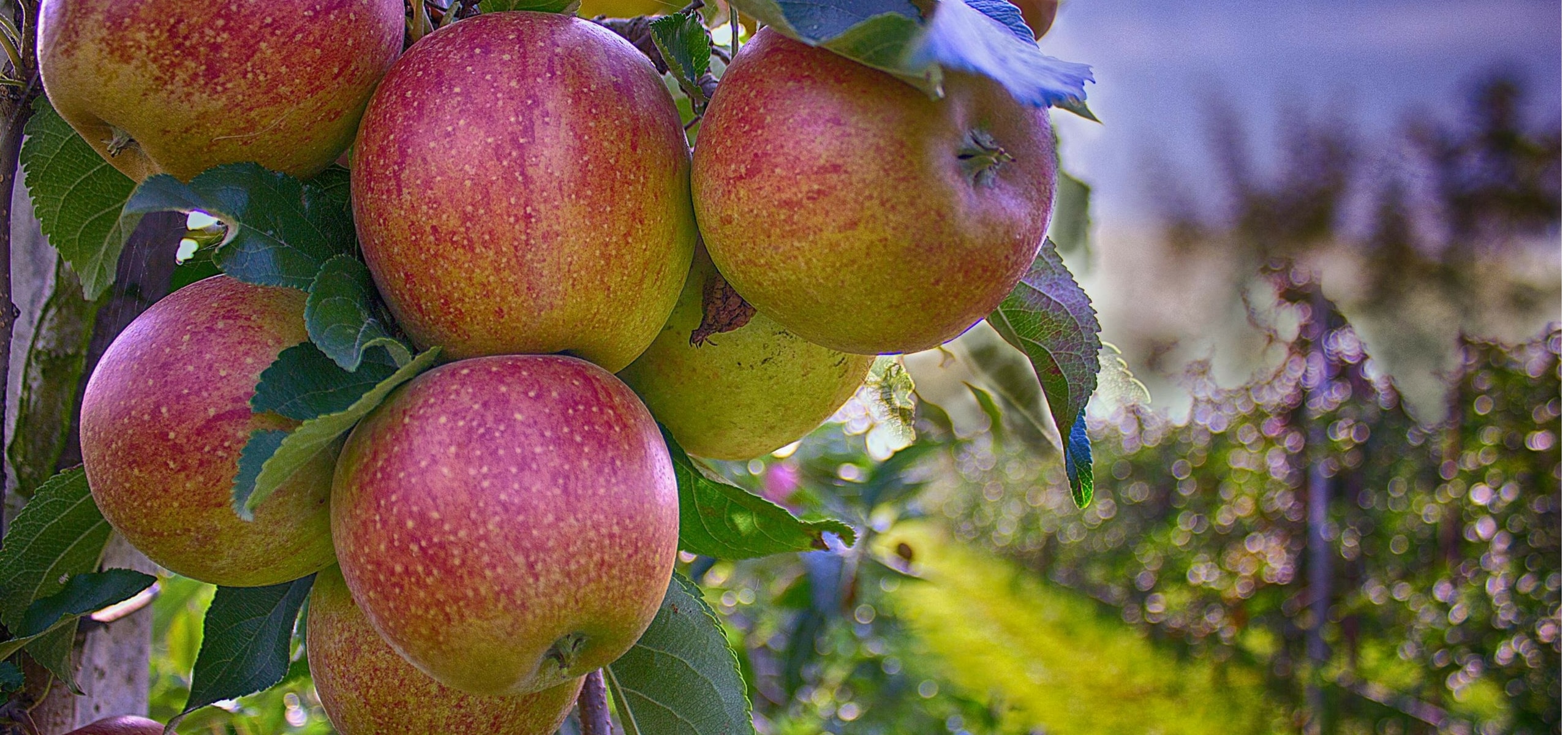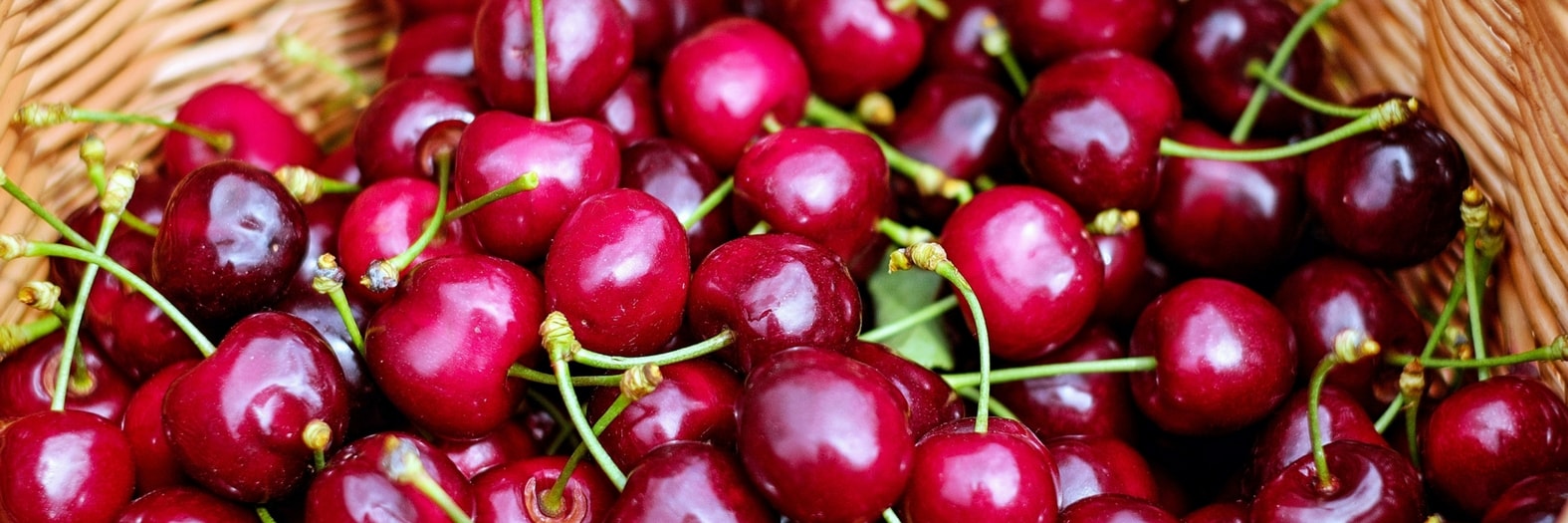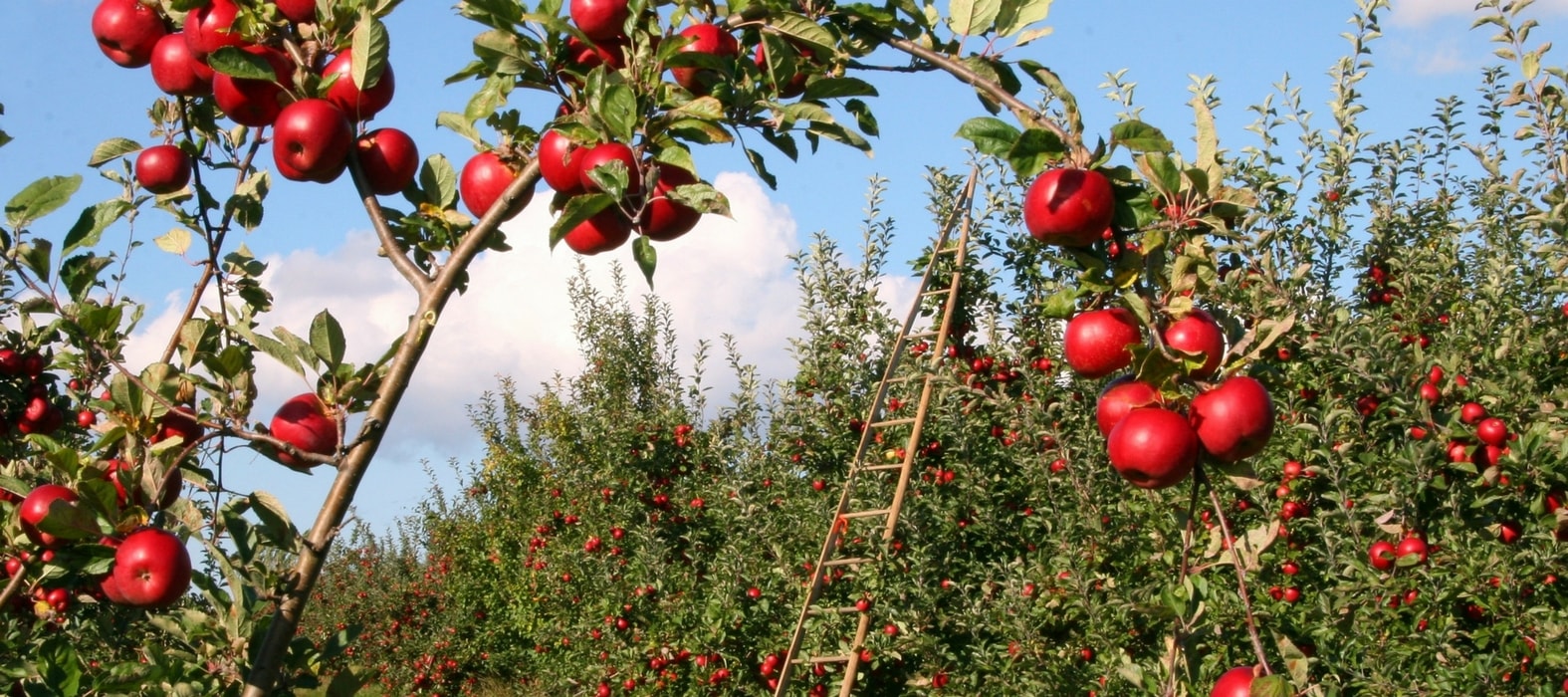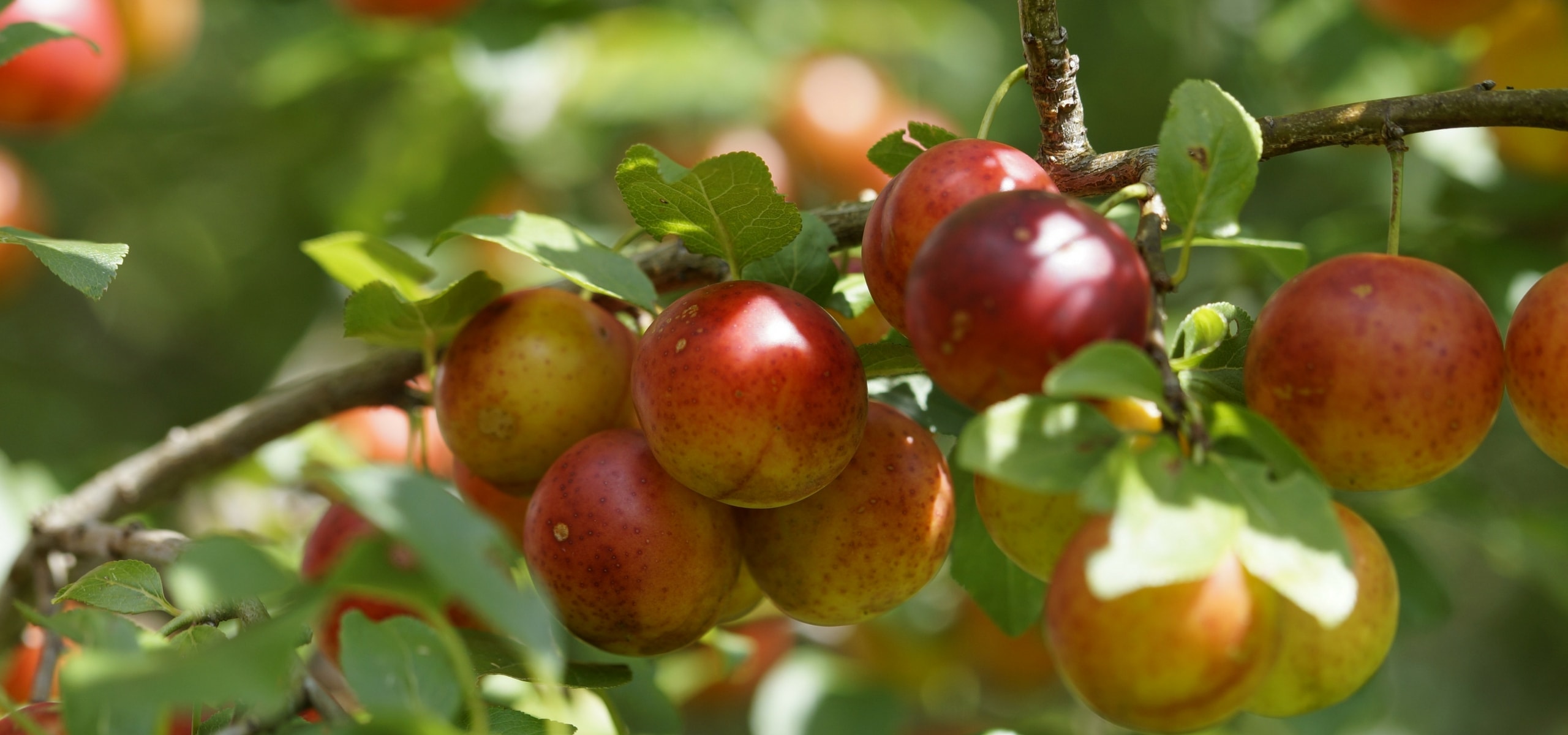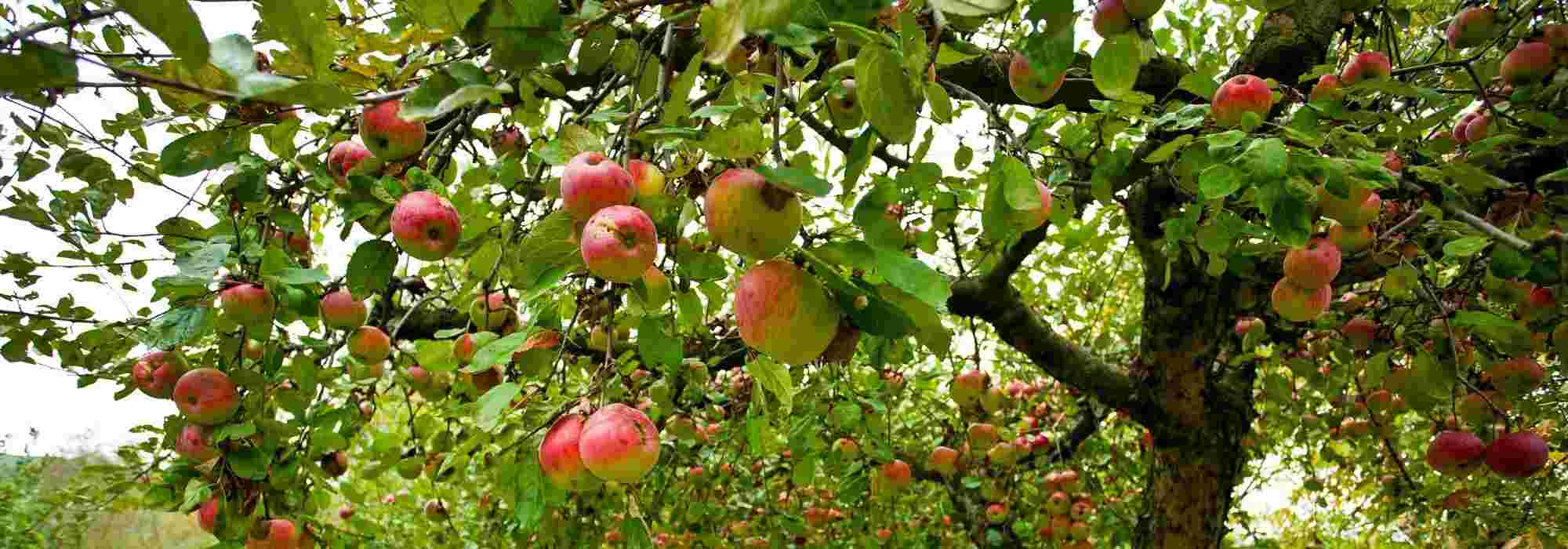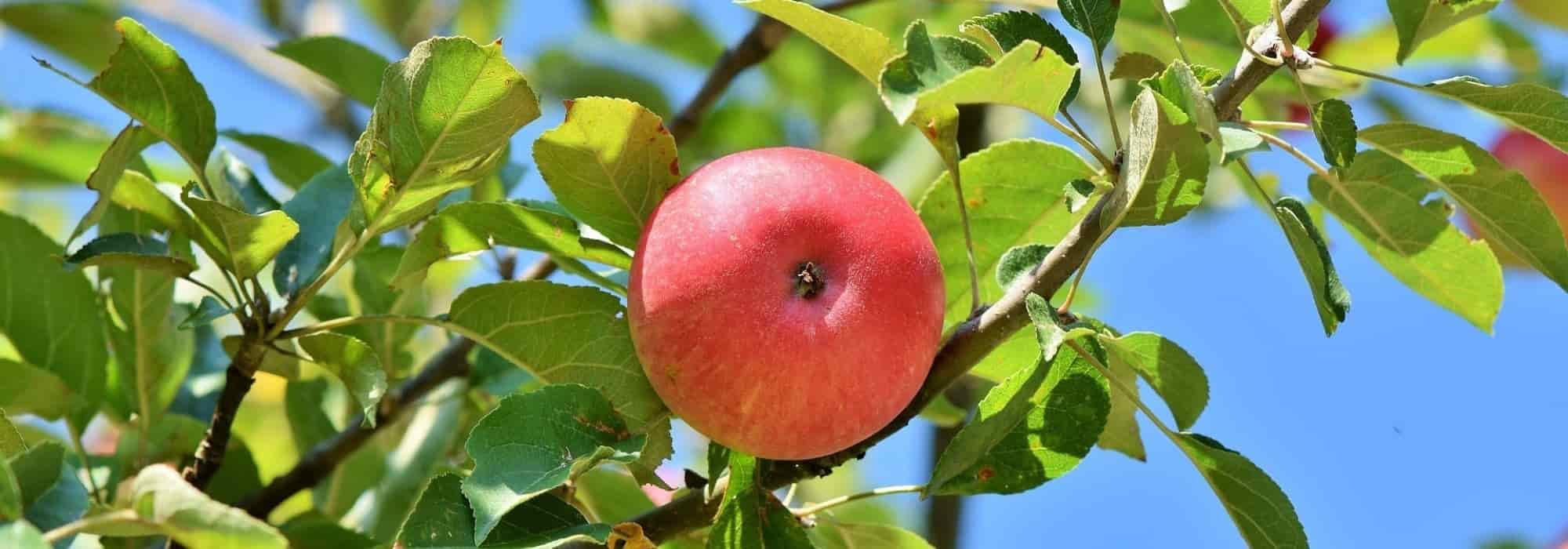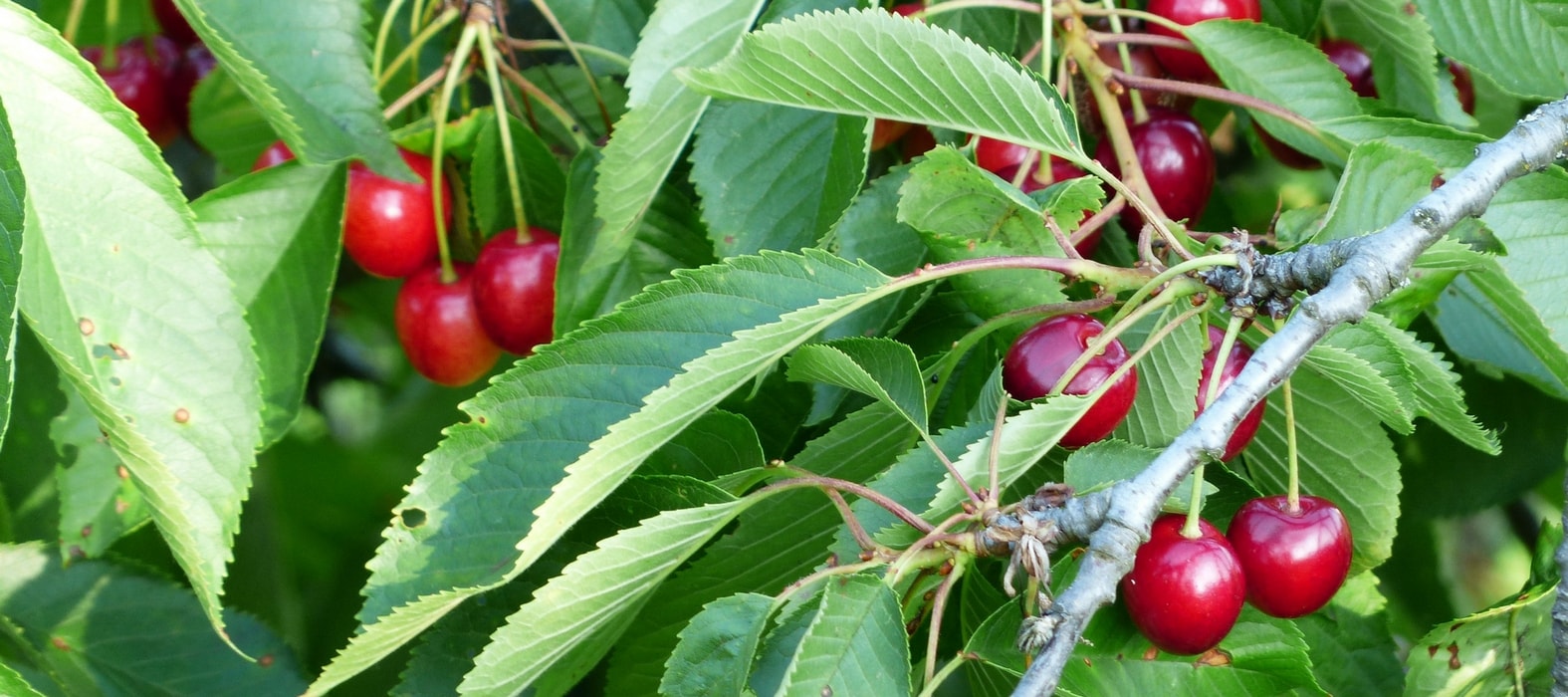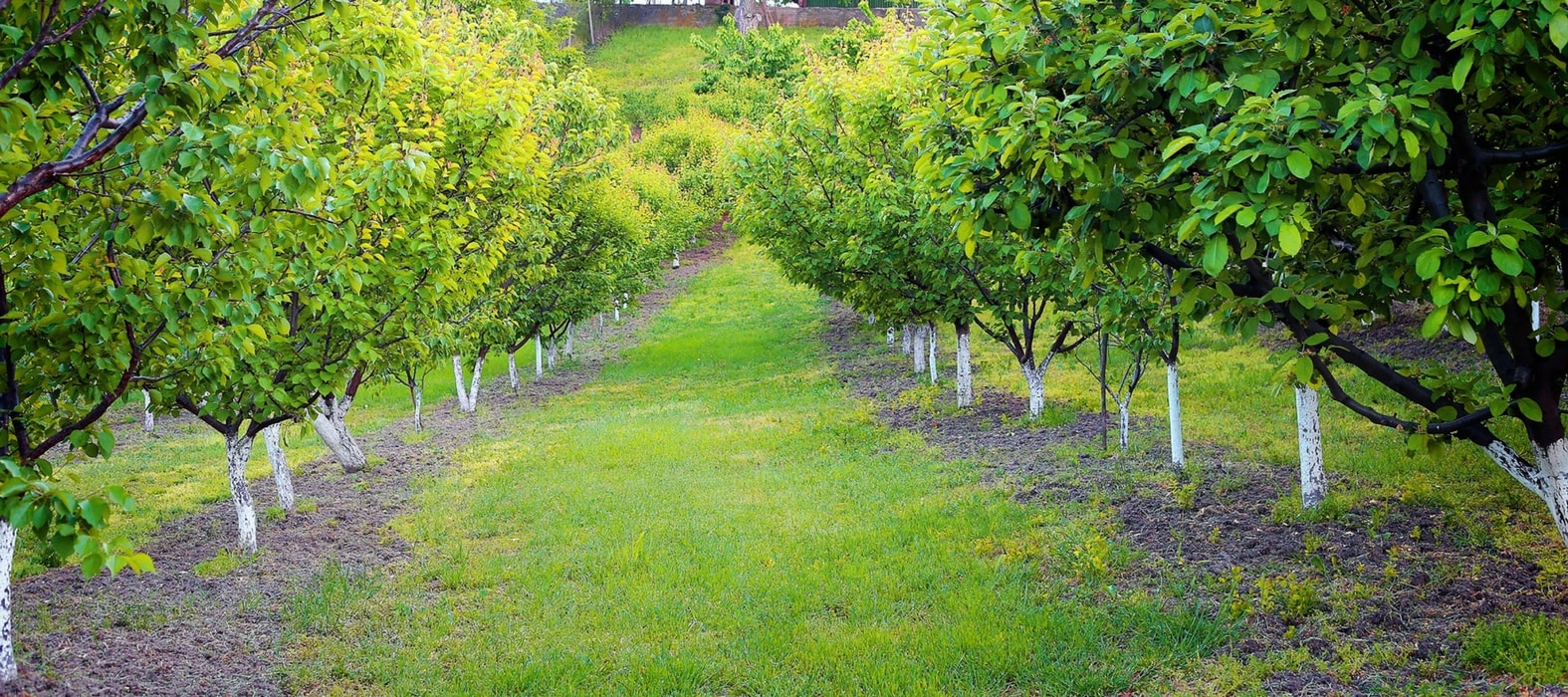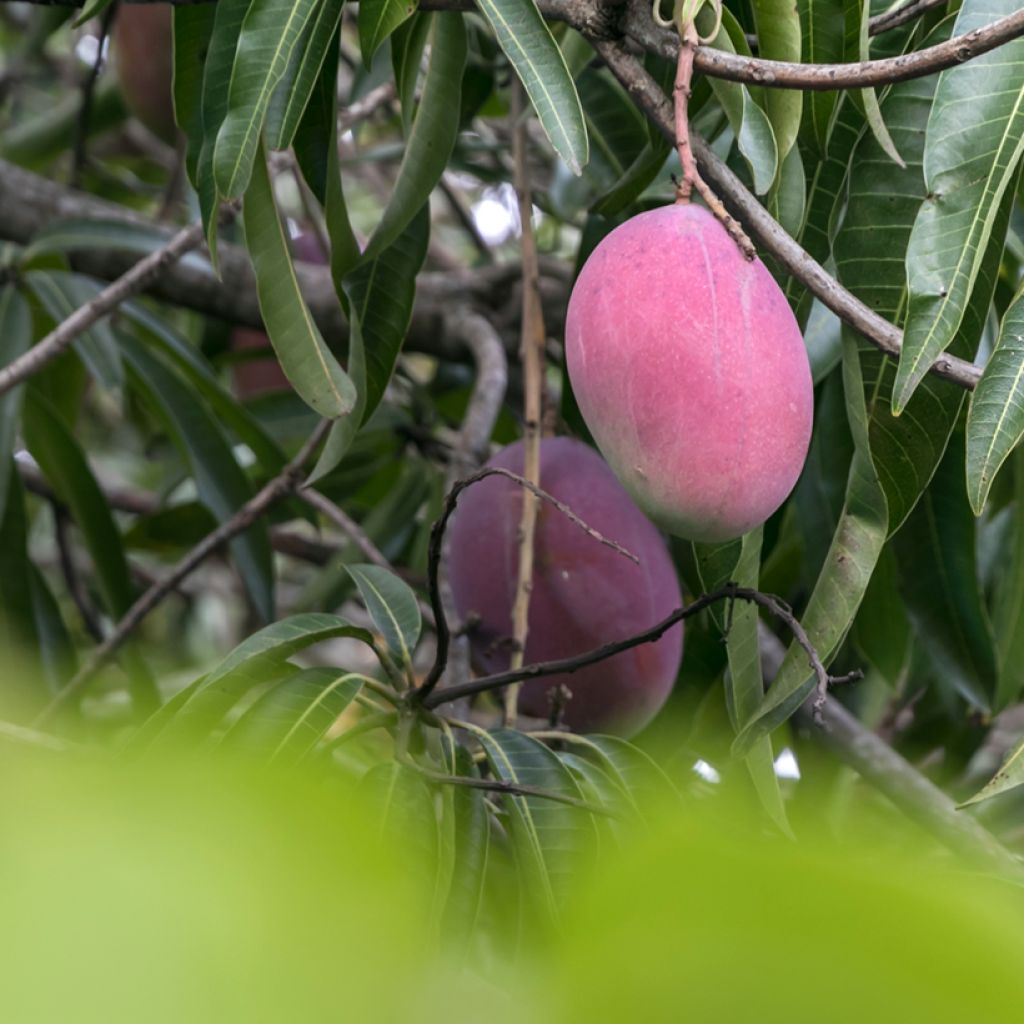

Mango tree Irwin - Mangifera indica
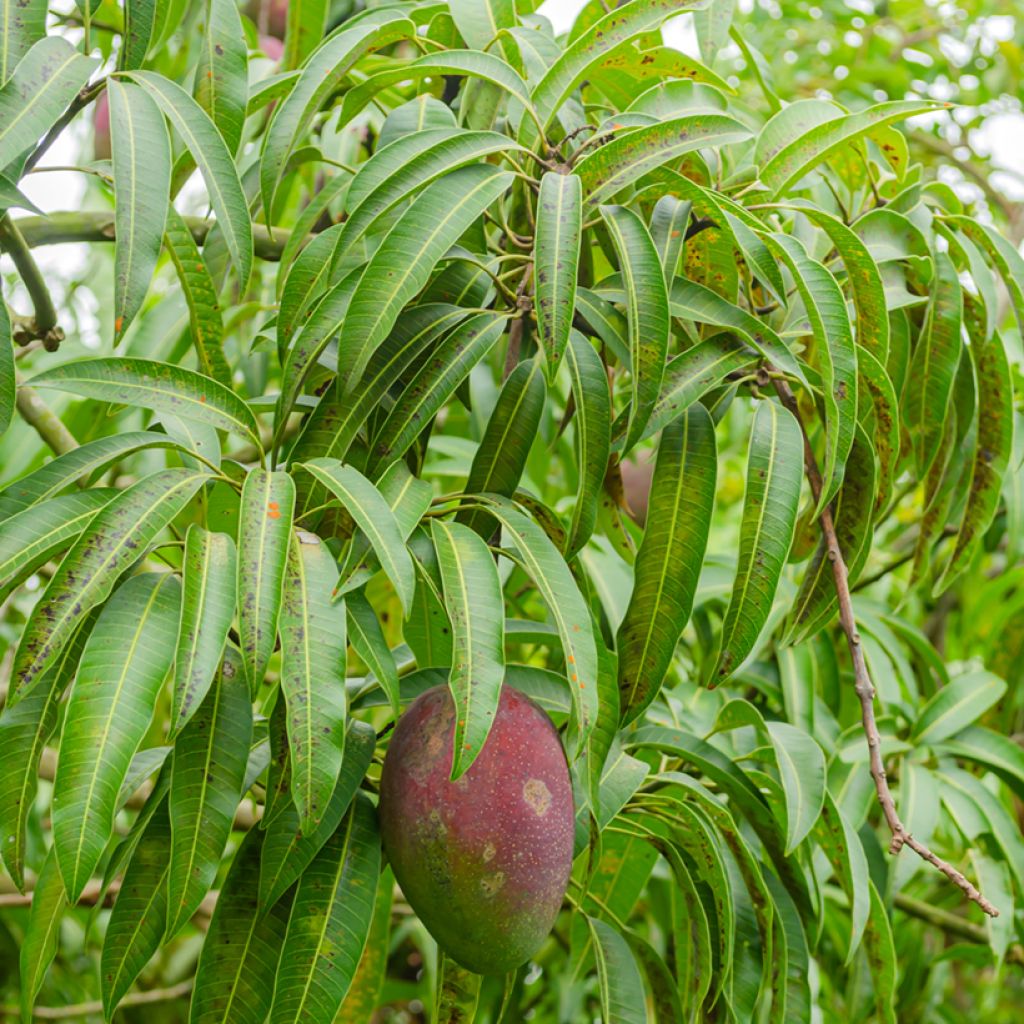

Mango tree Irwin - Mangifera indica
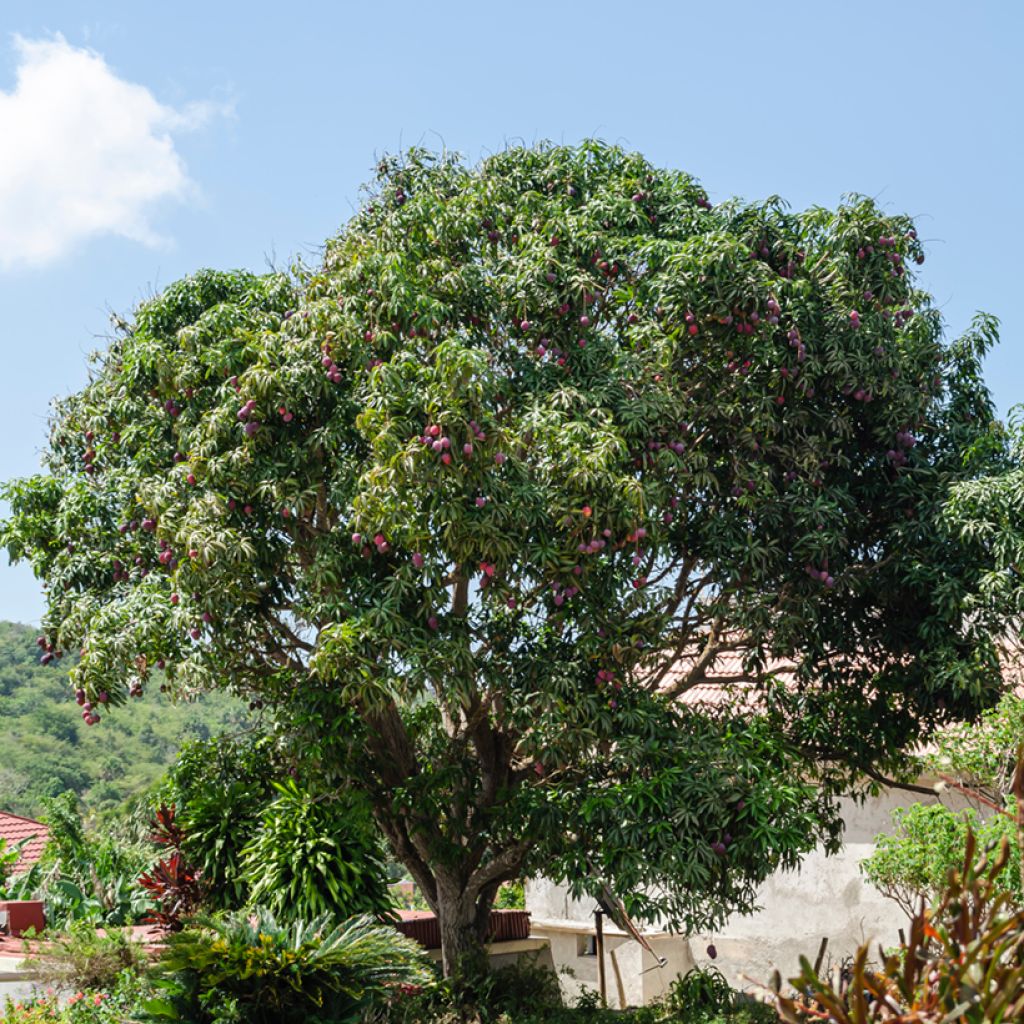

Mango tree Irwin - Mangifera indica
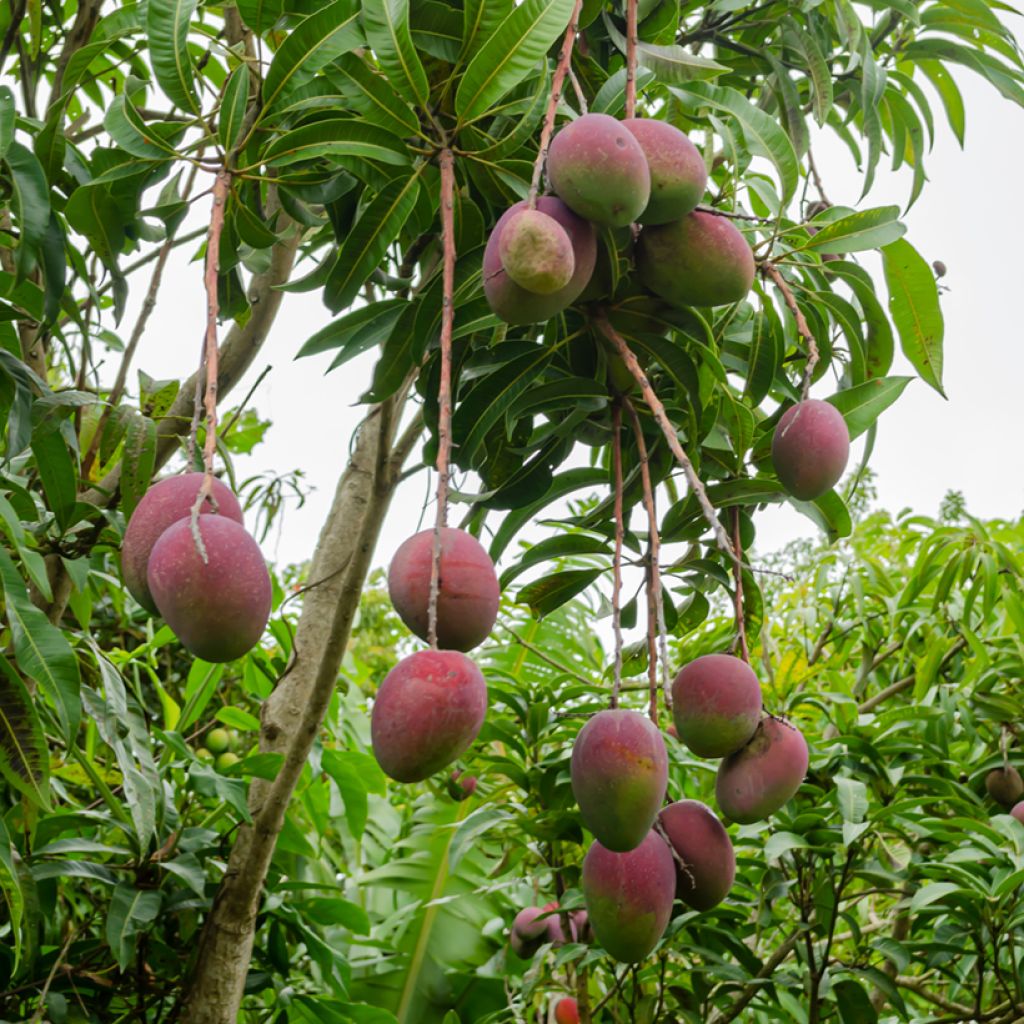

Mango tree Irwin - Mangifera indica
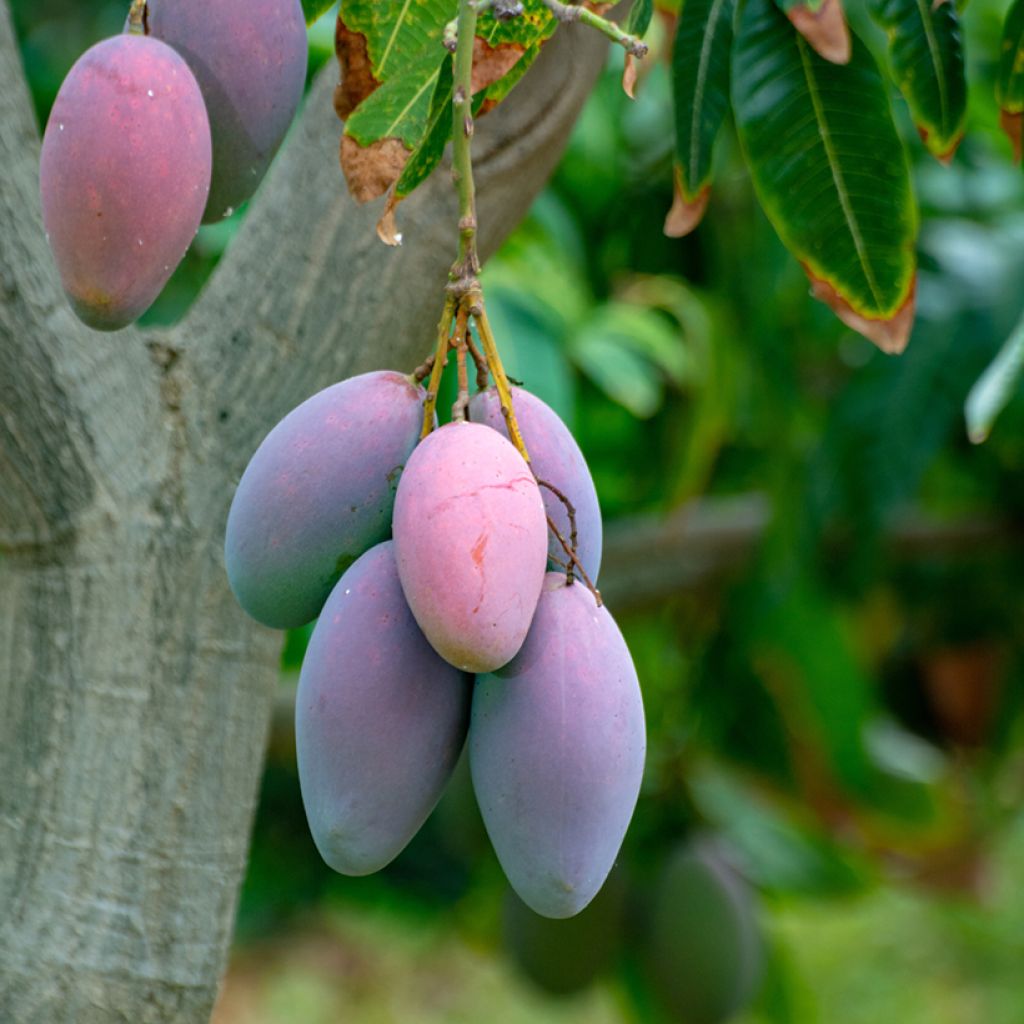

Mango tree Irwin - Mangifera indica
Mango tree Irwin - Mangifera indica
Mangifera indica Irwin
Mango
Special offer!
Receive a €20 voucher for any order over €90 (excluding delivery costs, credit notes, and plastic-free options)!
1- Add your favorite plants to your cart.
2- Once you have reached €90, confirm your order (you can even choose the delivery date!).
3- As soon as your order is shipped, you will receive an email containing your voucher code, valid for 3 months (90 days).
Your voucher is unique and can only be used once, for any order with a minimum value of €20, excluding delivery costs.
Can be combined with other current offers, non-divisible and non-refundable.
This plant carries a 6 months recovery warranty
More information
We guarantee the quality of our plants for a full growing cycle, and will replace at our expense any plant that fails to recover under normal climatic and planting conditions.
Description
Mangifera indica 'Irwin' is a variety of Mango tree selected in Florida for its fibreless mangoes with a vibrant red hue when ripe. This mango is also prized for its disease resistance. 'Irwin’ produces medium to large, sweet, juicy, and fragrant fruits. In our climates, it rarely bears fruit. Grow it in a pot in a greenhouse or conservatory for its exotic charm. It thrives in a rich, well-drained substrate and a tropical atmosphere.
The Mangifera genus includes numerous species of mango trees, primarily native to southern Asia, particularly India, Myanmar, and Bangladesh. Mangifera indica is the most widely cultivated species, valued for its delicious and nutritious fruits. In the wild, these trees grow in tropical and subtropical forests, preferring warm climates with a well-defined dry season. Mangifera indica 'Irwin' belongs to the botanical family Anacardiaceae. This cultivar results from a cross-breeding between the 'Lippens' and 'Haden' varieties, selected by F.D. Irwin in Miami, Florida, in the 1940s. It is a moderately sized tree, typically reaching a height of 3 to 4 metres when planted in the ground. This variety adapts well to container cultivation, where it will remain smaller.
The 'Irwin' mango tree has a compact and dense habit, with a rounded and spreading crown. Its foliage is evergreen in winter, composed of single, elongated leaves, about 15 to 20 cm in length, dark green with a smooth texture. Young leaves may display a reddish tint before turning green as they mature. It is a monoecious plant, producing both male and hermaphrodite flowers. These can be pollinated by wind or bees, though the tree is often self-fertile. Flowering is rare in our temperate climates, occurring in early spring, with terminal panicles of small yellowish to white, fragrant flowers, grouped in clusters. The oval to oblong 'Irwin' fruits measure between 8 and 12 cm in length and feature smooth skin that turns a vibrant red when ripe. The flesh is yellow, juicy, fibreless, with a sweet flavour and a pronounced floral aroma.
To successfully cultivate the 'Irwin' mango tree, it is essential to provide it with full sun, with at least 6 to 8 hours of direct sunlight per day. The tree prefers moderate relative humidity, around 50 to 60%, and ideal temperatures between 24 and 32°C. It cannot tolerate frost and suffers if temperatures remain below 5°C for several days. Outside certain favoured regions of southern Europe, container cultivation is essential to allow the tree to be brought indoors or into a greenhouse during cold periods. The soil should be well-drained, fertile, with a slightly acidic to neutral pH. Regular watering is necessary, especially during dry spells, while avoiding excess water that could lead to root rot. In Japan, the 'Irwin' mango tree is grown under highly controlled conditions, and the fruits are marketed as "Miyazaki" or "Egg of the Sun". These mangoes are renowned for their beauty and exceptional quality, fetching very high prices on the market.
To grow an 'Irwin' mango tree at home, plant it in a pot sheltered from the cold, ideally in a conservatory or temperate greenhouse, or even indoors. It makes a beautiful houseplant, thanks to the striking pink-bronze of its new leaves, which turn dark red before greening. In summer, the temperatures of our interiors suit it perfectly, and in winter, a very bright room at 15°C satisfies it. In summer, you can move it to the garden, in partial shade, in a well-sheltered spot.
Report an error about the product description
Mango tree Irwin - Mangifera indica in pictures






Plant habit
Fruit
Flowering
Foliage
Botanical data
Mangifera
indica
Irwin
Anacardiaceae
Mango
Mangifera mekongensis, Mangifera amba, Mangifera austroyunnanensis, Mangifera siamensis
Cultivar or hybrid
Other Mango Tree - Mangifera indica
View all →Planting and care
Plant the 'Irwin' Mango Tree in a large pot, ideally in a conservatory or temperate greenhouse, even indoors. This exotic fruit tree thrives in full light without scorching sun (indoors) and in a sandy, well-drained substrate that remains moist. The optimal growing temperature for the mango tree is between 21°C and 26°C. In summer, the temperatures of our interiors suit it perfectly, while in winter, a very bright room at 15°C will keep it happy. In summer, you can move it outdoors to the garden, in partial shade, in a well-sheltered, warm spot. Water frequently in summer to keep the substrate slightly moist. In winter, reduce water intake.
Plant it in a mix of potting soil and sand. Add compost or well-rotted manure at the time of planting. Feed every two weeks from spring to autumn.
Planting period
Intended location
Care
Planting & care advice
This item has not been reviewed yet - be the first to leave a review about it.
Haven't found what you were looking for?
Hardiness is the lowest winter temperature a plant can endure without suffering serious damage or even dying. However, hardiness is affected by location (a sheltered area, such as a patio), protection (winter cover) and soil type (hardiness is improved by well-drained soil).

Photo Sharing Terms & Conditions
In order to encourage gardeners to interact and share their experiences, Promesse de fleurs offers various media enabling content to be uploaded onto its Site - in particular via the ‘Photo sharing’ module.
The User agrees to refrain from:
- Posting any content that is illegal, prejudicial, insulting, racist, inciteful to hatred, revisionist, contrary to public decency, that infringes on privacy or on the privacy rights of third parties, in particular the publicity rights of persons and goods, intellectual property rights, or the right to privacy.
- Submitting content on behalf of a third party;
- Impersonate the identity of a third party and/or publish any personal information about a third party;
In general, the User undertakes to refrain from any unethical behaviour.
All Content (in particular text, comments, files, images, photos, videos, creative works, etc.), which may be subject to property or intellectual property rights, image or other private rights, shall remain the property of the User, subject to the limited rights granted by the terms of the licence granted by Promesse de fleurs as stated below. Users are at liberty to publish or not to publish such Content on the Site, notably via the ‘Photo Sharing’ facility, and accept that this Content shall be made public and freely accessible, notably on the Internet.
Users further acknowledge, undertake to have ,and guarantee that they hold all necessary rights and permissions to publish such material on the Site, in particular with regard to the legislation in force pertaining to any privacy, property, intellectual property, image, or contractual rights, or rights of any other nature. By publishing such Content on the Site, Users acknowledge accepting full liability as publishers of the Content within the meaning of the law, and grant Promesse de fleurs, free of charge, an inclusive, worldwide licence for the said Content for the entire duration of its publication, including all reproduction, representation, up/downloading, displaying, performing, transmission, and storage rights.
Users also grant permission for their name to be linked to the Content and accept that this link may not always be made available.
By engaging in posting material, Users consent to their Content becoming automatically accessible on the Internet, in particular on other sites and/or blogs and/or web pages of the Promesse de fleurs site, including in particular social pages and the Promesse de fleurs catalogue.
Users may secure the removal of entrusted content free of charge by issuing a simple request via our contact form.
The flowering period indicated on our website applies to countries and regions located in USDA zone 8 (France, the United Kingdom, Ireland, the Netherlands, etc.)
It will vary according to where you live:
- In zones 9 to 10 (Italy, Spain, Greece, etc.), flowering will occur about 2 to 4 weeks earlier.
- In zones 6 to 7 (Germany, Poland, Slovenia, and lower mountainous regions), flowering will be delayed by 2 to 3 weeks.
- In zone 5 (Central Europe, Scandinavia), blooming will be delayed by 3 to 5 weeks.
In temperate climates, pruning of spring-flowering shrubs (forsythia, spireas, etc.) should be done just after flowering.
Pruning of summer-flowering shrubs (Indian Lilac, Perovskia, etc.) can be done in winter or spring.
In cold regions as well as with frost-sensitive plants, avoid pruning too early when severe frosts may still occur.
The planting period indicated on our website applies to countries and regions located in USDA zone 8 (France, United Kingdom, Ireland, Netherlands).
It will vary according to where you live:
- In Mediterranean zones (Marseille, Madrid, Milan, etc.), autumn and winter are the best planting periods.
- In continental zones (Strasbourg, Munich, Vienna, etc.), delay planting by 2 to 3 weeks in spring and bring it forward by 2 to 4 weeks in autumn.
- In mountainous regions (the Alps, Pyrenees, Carpathians, etc.), it is best to plant in late spring (May-June) or late summer (August-September).
The harvesting period indicated on our website applies to countries and regions in USDA zone 8 (France, England, Ireland, the Netherlands).
In colder areas (Scandinavia, Poland, Austria...) fruit and vegetable harvests are likely to be delayed by 3-4 weeks.
In warmer areas (Italy, Spain, Greece, etc.), harvesting will probably take place earlier, depending on weather conditions.
The sowing periods indicated on our website apply to countries and regions within USDA Zone 8 (France, UK, Ireland, Netherlands).
In colder areas (Scandinavia, Poland, Austria...), delay any outdoor sowing by 3-4 weeks, or sow under glass.
In warmer climes (Italy, Spain, Greece, etc.), bring outdoor sowing forward by a few weeks.






























